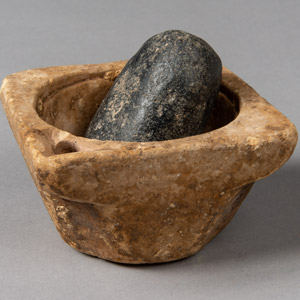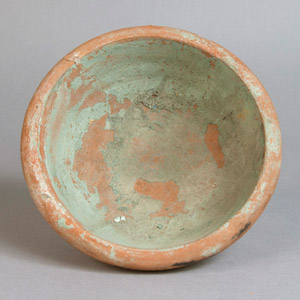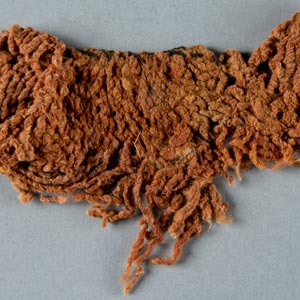Creating Color

By 117 CE the Roman Empire had reached its greatest size, encompassing most of Europe and the lands around the Mediterranean Sea. A wide variety of goods made their way throughout the empire over land and sea via an extensive commercial network. Among these goods were the raw materials used to create different colors. The sources of these materials are well documented in ancient texts and in the archaeological record.
What’s the Difference Between a Pigment and a Dye?
A pigment is a colored powder that can be suspended in a liquid adhesive, like wax or animal glue, to form a paint. Pigments can be derived from natural sources by crushing mineral or vegetal material, or they can be produced artificially through controlled chemical reactions.
A dye is a colored material, derived from a plant or animal, which is dissolved in water or other solution and used to color textiles. Some dyes can be chemically combined with a metallic solid, like alum. The resulting material is called a “lake pigment.”
Artifacts
To grind up pigments the Roman used mortars and pestles like the set here. Once in powder form, the pigments could be applied directly to wet wall plaster or be mixed with a binder to create paint, like the ones preserved in these bowls. To produce dyes, raw plant and animal materials were processed, dissolved in water or other solution, and in some cases chemically altered to unlock their coloring ability. Textiles, like this example here, were then soaked in the dye solution until they reached the desired color.




